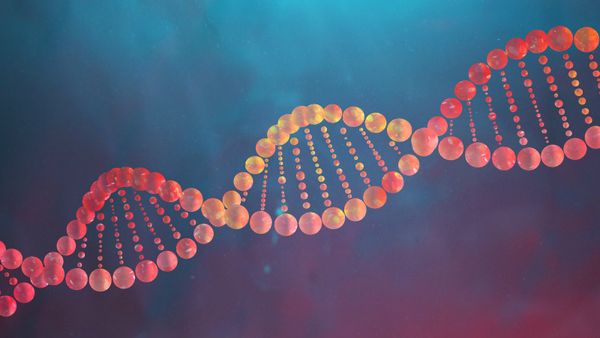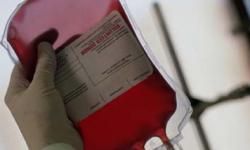Nara Milanich is a history professor at Barnard College and author of the book "Paternity: The Elusive Quest for the Father." She told us in 2019 that 19th- and 20th-century scientists (and pseudo-scientists) were obsessed with unlocking the mystery of paternity and tried just about everything to discover the holy grail of heredity. Meanwhile, newspapers fueled the paternity test frenzy by closely covering sordid stories of cuckolded husbands and lecherous celebrities and their disputed progeny.
In the 1920s, for example, there was a rash of anxiety in the United States over babies allegedly being swapped in hospital maternity wards. Judges were put in the Solomon-like position of having to decide who were these babies' legitimate parents and were desperate for an objective test that could solve paternity suits once and for all.
Some researchers insisted that the ridges on the roof of the mouth contained patterns that were passed on from father to child. Others relied on the race-based pseudoscience of eugenics to create a list of physical traits like nose size, ear shape and hair texture that invariably passed from generation to generation. But the man who really captured the popular scientific imagination in the 1920s was Dr. Albert Abrams and his oscillophore.
Abrams had developed his own "scientific" theories about the human body's electrical system, which he called the "Electronic Reactions of Abrams" or ERA. Convinced, like many others, that the key to unlocking heredity was in the blood, he invented a preposterous-looking instrument called an oscillophore that purported to measure the precise electronic vibrations in drops of blood: Irish blood vibrated at 15 ohms, Jewish blood at 7 ohms, etc.
Despite the suspect and racialized science behind the oscillophore, Judge Thomas Graham of the Superior Court of San Francisco hired Abrams to determine the outcome of a high-profile paternity suit involving a man named Paul Vittori who refused to pay child support for an infant daughter he claimed was not his. Abrams' magical machine found that Vittori was indeed the father and instantly made the eccentric doctor one of the most in-demand paternity "experts" in the world.
"If we can agree that an electronic blood test is crazy and that his invention is ludicrous, why did it get so much press and why did a California judge think this was useful technology?" asked Milanich.
Paternity quacks like Abrams got so much traction, Milanich believes, because a frustrated legal system wanted a scientific panacea for solving the paternity problem. Also, American society in the 1920s was grappling with anxieties over rapidly changing gender roles and a new female sexual independence. These tests, as inaccurate as they actually were, offered the air of calm assurance.
But what's even more remarkable is what happened next. In the 1930s, scientists discovered that human blood really did contain some definitive clues to a person's parentage. It wasn't electronic vibrations, but "blood grouping" — or what we know as blood typing: A, B, AB, O, etc.
Blood grouping follows some immutable rules. For example, if a baby has type AB blood and his mother has type A blood, then the father must have B or AB blood. Finally, judges could use actual science to determine if a man could realistically be a child's father. But even science, it turns out, has limitations.


